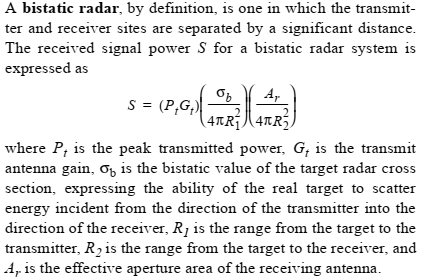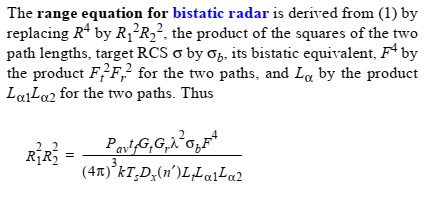* The "F-86L" was developed under "Project Follow-On". It was essentially an F-86D incorporating a data-link capability for the "Semi-Automatic Ground Environment (SAGE)" air-intercept control system.
The CGI system used with the F-86D had not proven entirely satisfactory. Communications between the ground controller and the pilot tended to be slow or confusing, and so something a little smarter was needed. SAGE, introduced in 1953, had been developed by the Lincoln Laboratory at the Massachusetts Institute of Technology (MIT). It used a big ground-based computer to assess target information obtained by ground radar, and relayed target data to the interceptor through an AN/ARR-39 datalink, automatically guiding the interceptor to the target while the targeting information was displayed to the pilot. It was a marvel of the world at the time -- though it is an indication of the growth of computing power since the 1950s that even though the SAGE computers filled up rooms, any cheap modern smartphone would dwarf the memory, mass storage, and processing power of all the SAGE computers added together.
The F-86L was intended as stopgap for SAGE operation until better the better Convair F-102 Delta Dagger and its successor, the F-106 Delta Dart, came on line. All F-86Ls were rebuilds of low-flight-time F-86Ds, with the first such rebuild flying on 27 December 1955. The rebuilds were brought up to the equivalent of an F-86D-45, with other improvements including updated avionics and the "F-40" long slatted wing. Rebuilt F-86D-50, F-86D-55, and F-86D-60 were simply redesignated "F-86L-50", "F-86L-55", and "F-86L-60" respectively. Oddly, however, earlier F-86D subvariants were given block numbers incremented by 1 after update. For example, an F-86D-40 became an "F-86D-41".
981 F-86Ds were converted to F-86Ls in all. They began to go into USAF Air Defense Command service in late 1957, but were phased out into Air National Guard service by 1960, to be finally obsoleted in 1965.


